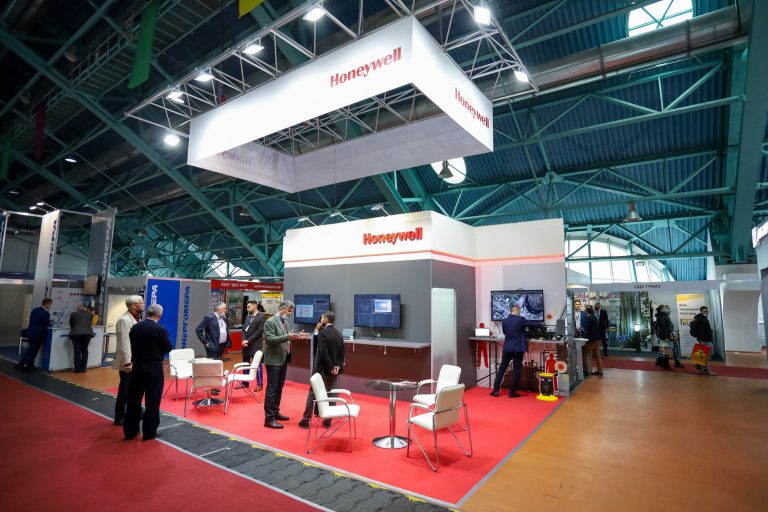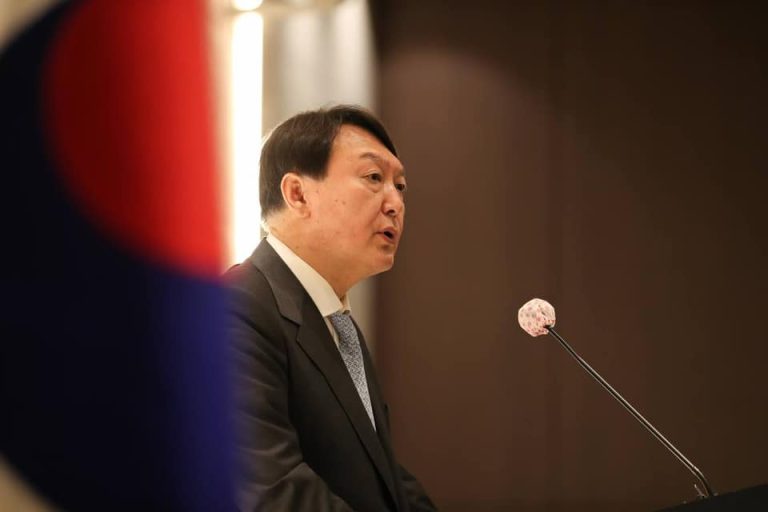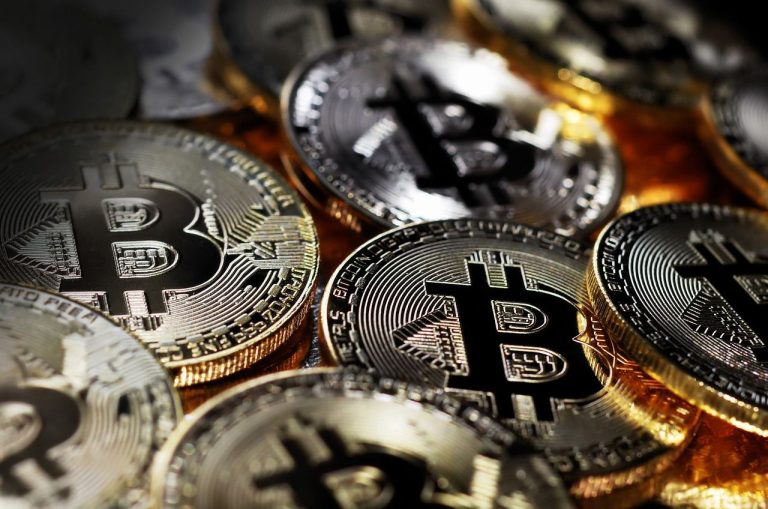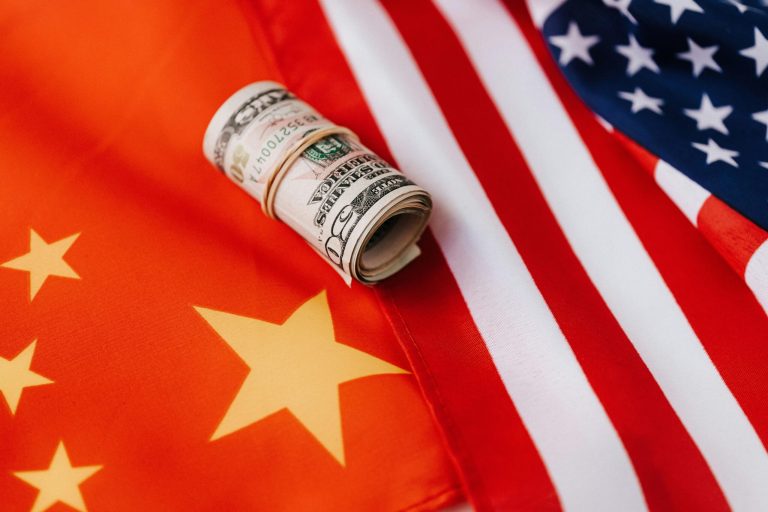Nvidia has turned into more of an obsession for investors in search of outsized returns.
The artificial intelligence darling contributed the most to the S&P 500’s overall returns in 2024 – and NVDA remains a great pick for this year too “on the precipice of the Blackwell ramp,” according to Jefferies analyst Blayne Curtis.
But he’s convinced two other AI chip stocks: Broadcom Inc (NASDAQ: AVGO) and Marvell Technology Inc (NASDAQ: MRVL) could still outperform Nvidia stock in 2025.
Why is Jefferies bullish on Broadcom stock?
Broadcom shares more than doubled last year but Blayne Curtis continues to see it as a top pick for 2025.
He expects AVGO to be the best-performing chip stock this year.
The Jefferies analyst is uber-bullish on Broadcom stock for its solid and rapidly growing customer base.
AVGO will see a significant increase in average selling prices as its application-specific integrated circuits continue to play a central role in the artificial intelligence landscape, he argued.
Curtis expects Broadcom to earn $10.11 on a per-share basis in 2027 – a number he’s convinced could even surpass $12 if it can “achieve even the low end” of its estimated serviceable addressable market.
AVGO executives recently forecast a $60 billion to $90 billion SAM for 2027.
The Jefferies analyst currently has a price target of $300 on Broadcom stock that indicates potential for another 35% upside in 2025. AVGO shares currently pay a dividend yield of 1.04% as well.
Why is Jefferies bullish on Marvell stock?
Marvel shares have also rallied more than 100% over the past six months but Blayne Curtis remains convinced that it will extend its rally significantly in 2025.
The Jefferies analyst recommends sticking to MRVL or even increasing a stake in it on the dips primarily because the tech titan, Amazon.com Inc., relies on Marvell Technology for its Trainium 2 AI chips.
He expects Marvell stock to meaningfully benefit from the increasing demand for custom artificial intelligence chips.
Marvell Technology sees $1.5 billion in AI revenue in FY25 and another 66% year-on-year growth to $2.5 billion in FY26 – but a team-up with more companies could help it exceed those estimates.
Shares of Marvell are currently trading at about 53 times FY26 EBITDA at writing which Jefferies finds inexpensive relative to its peers.
In December, MRVL reported its financial results for the third quarter that handily topped Street estimates and issued upbeat guidance for Q4.
Our custom AI silicon programs “are now in volume production, further augmented by robust ongoing demand from cloud customers for our market-leading interconnect products,” chief executive Matt Murphy told investors at the time.
Marvell stock also pays a dividend yield of 0.21% at writing.
The post These 2 AI chip stocks could outperform Nvidia in 2025: should you invest now? appeared first on Invezz










